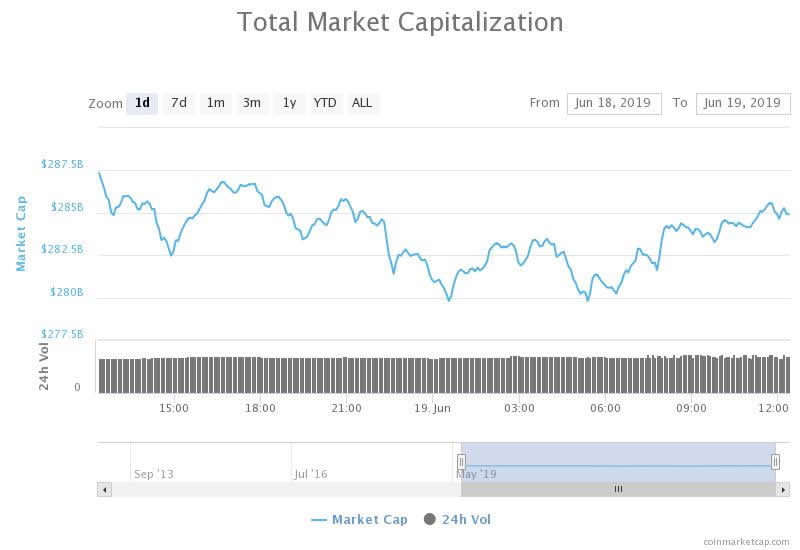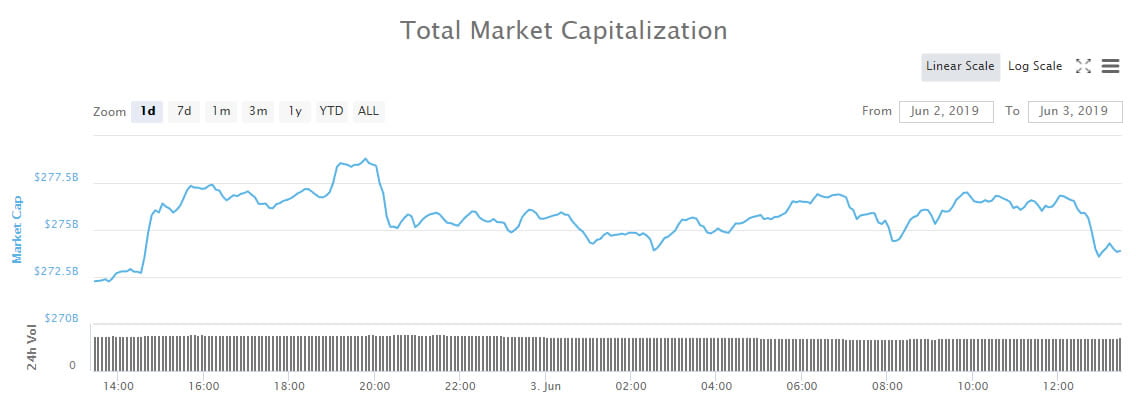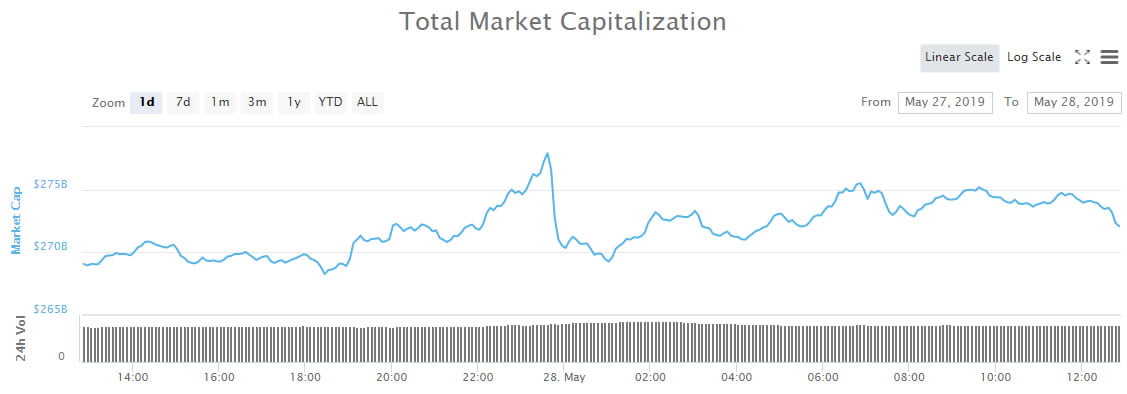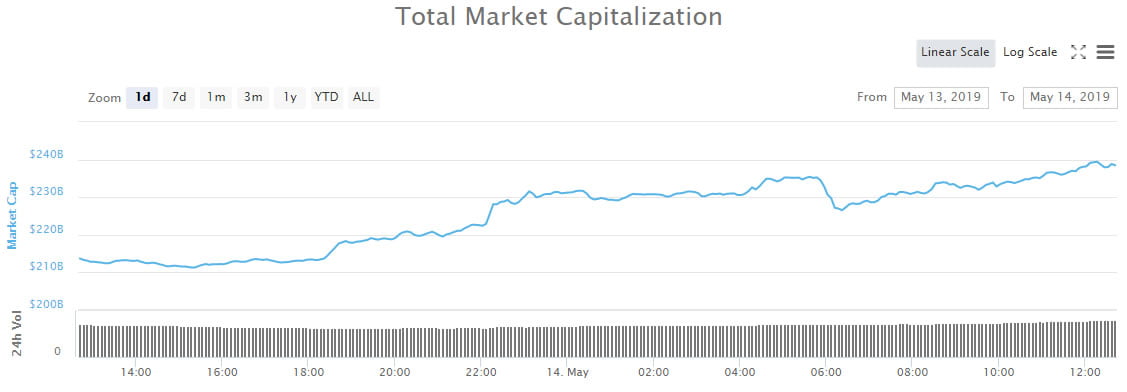2020-5-26 16:23 |
Researchers from Imperial College London found that only a trivial amount of real economic activity happens over the XRP, Tezos, and EOS ledgers. Close to 82%, 95%, and 98% of all activity on Tezos, EOS, and XRP respectively carry no financial value.
XRP, Tezos, and EOS Show True ColorsEach of these blockchains promised to improve crypto by scaling the number of transactions that can be processed per second. Yet, this increase in throughput hasn’t been utilized for meaningful economic activity, according to new research
Tezos and EOS are a part of the cartel of smart contract platforms known as “Ethereum killers,” because of their improved scalability relative to Ethereum.
Composition of Tezos transactions, via Arxiv.According to the research, 82% of all Tezos transactions are governance transactions called “endorsements” that nominate validators. This is part of the blockchain’s consensus mechanism.
Although this is positive for Tezos’ governance mechanism, it indicates that users are not leveraging the platform for much else beyond nominating validators. It has even led the network’s co-founder to ponder the use of an alternative blockchain for her latest gaming project.
EOS is in a tighter spot than Tezos.
The authors of the paper note that the EOS blockchain saw a spike in activity in November 2019, which coincides with the EIDOS airdrop. For context, EIDOS is a low-cap token that has caused controversy within the EOS community due to how the airdrop of this token caused congestion on the network.
95% of all EOS transactions are tied to the EIDOS token. Before EIDOS, most of the activity on EOS came from gambling dApps. The spike in token transfers, propagated by EIDOS, marked a drastic change in the composition of EOS transactions.
Composition of EOS transactions, via Arxiv.Ripple’s blockchain has found itself in a similar situation, with less than 3% of transactions having a non-zero value.
Payments and limit orders for other currencies cumulatively account for 97% of all XRP transactions. But only 1 in 19 payment transactions have any economic value, and a mere 0.2% of all limit orders are filled.
As a result, only 2.2% of all activity on the Ripple ledger carries meaningful economic activity.
Only 2.2% of XRP transactions carry any value, via Arxiv.Is Ethereum Better Off?Ethereum and its rivals differ in the most essential aspects. While EOS and Tezos can process more transactions per second than Ethereum, these networks simply don’t have enough activity on-chain to take advantage of it.
The research paper claims that Tezos real throughput is around 0.08 transactions per second, while EOS records around 20 transactions per second.
Contrary to this, Ethereum transaction fees are on the rise because of limited scalability despite a great deal of activity.
Unfortunately, most of the gas consumed on the Ethereum blockchain has been driven by Ponzi schemes running on top of it.
7/ Yes, it really sucks that the gas prices are currently high (especially when it's caused by scams/ponzis) but it's good to remember that it's temporary.
There are smart people working on scaling solutions every day with some already live (@loopringorg & @synthetix_io demo). pic.twitter.com/Taeq1qawfz
— Anthony Sassano | sassal.eth (@sassal0x) May 21, 2020
All three networks suffer for different reasons. Although XRP, Tezos, and EOS boast much faster transactions, they have yet to attract the same base of users and developers. Conversely, Ethereum is running into scalability blocks, which are evidenced by the rise in transaction fees.
Only time will tell how the sector can merge both communal fervor with improved network speeds.
The post Most Transactions on XRP, Tezos, and EOS Have No Financial Value appeared first on Crypto Briefing.
origin »EOS (EOS) на Currencies.ru
|
|




















